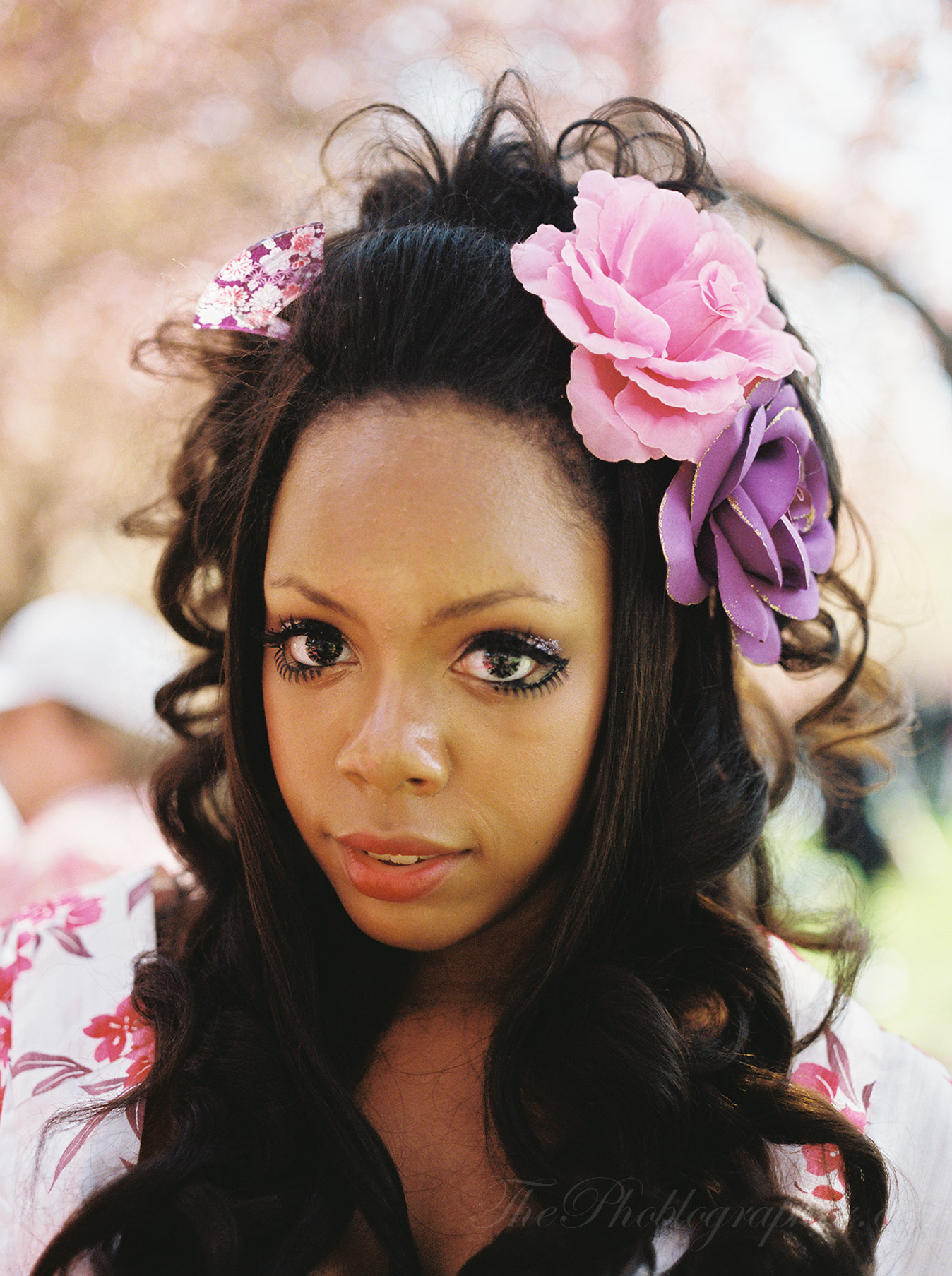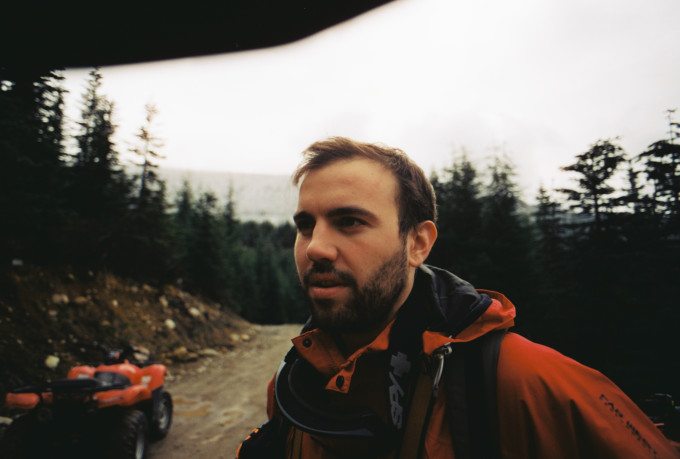Just shoot film–that’s the first thing that we’re going to tell you when it comes to shooting images that look and feel more film-like; but we also know that not everyone lives by a film development lab. However, there are characteristics of film that can be mimicked in-camera and without the use of (though very good) preset emulsion sets. Some of this has to do with realizing exactly what film does.
If you’re looking to get that look right out of camera, here’s how.
Daylight White Balance
First off, what you should note is that most film is what’s called Daylight balanced. To do this, you’ll need to go into your camera’s white balance setting then switch off from auto to daylight. What this will mean is that it will be balanced to the exact same colors that film will give you out of the camera. Generally, this also means that it’s best for you to shoot outdoors during a sunny day or add a flash to your scene otherwise.
If you’re shooting at night or indoors, you may want to consider switching to the Tungsten white balance.
Lower Contrast
Film inherently has lower contrast than digital does–and this is part of how digital is able to give off such sharp image quality overall when combined with more modern lenses. All cameras have various color profiles and settings that make the image quality more customizable to the user. Lowering the contrast (though not all the way unless you’re shooting to emulate the look of certain black and white film emulsions) is something that can greatly help you. In general, lower the contrast by two setting parameters. If you like this, then stick with it, but you can always adjust it and fine tune it to your liking.
Generally speaking, most color film is low contrast with the exception of Kodak Ektar and Fujifilm Velvia. But even so, they’re not as contrasty as something that digital offers. Instead, they have more to do with saturation.
Raise Saturation
Most film has more saturated color than digital on average and right out of camera. The exception is Kodak Portra and Fujifilm Pro 400. Film also handles greens better than digital does generally speaking. To raise the saturation, you’ll need to go into the camera profile that you’ve got and accordingly raise the saturation. Different companies do this in different ways: for example Olympus and Canon have totally different ways while Fujifilm doesn’t really let you build your own setting parameters. To be fair though, Fujifilm’s film profiles are second to none.
Lower Sharpness

We’re not saying that you should lower the sharpness by a lot, but slightly until you’re satisfied.
Use Older Lenses
Lastly, use older lenses that were made during the film days. They’ll have issues like chromatic aberration sometimes and there won’t be as much micro contrast as you’ll find with the newest Zeiss, Sigma, Tamron and Tokina lenses. But you’ll get the film-look that you’re going for.






